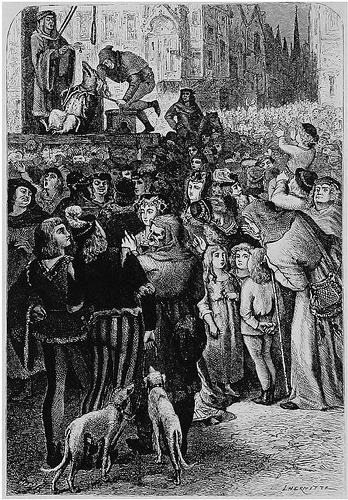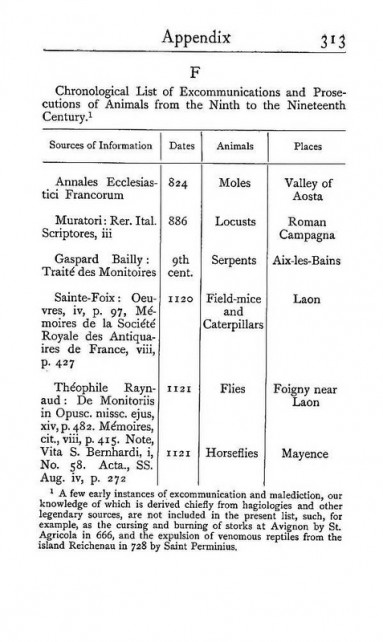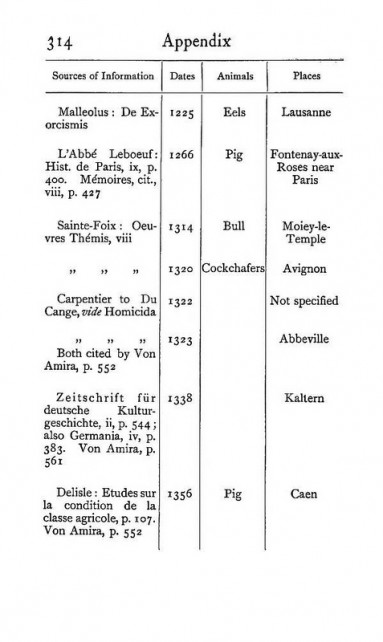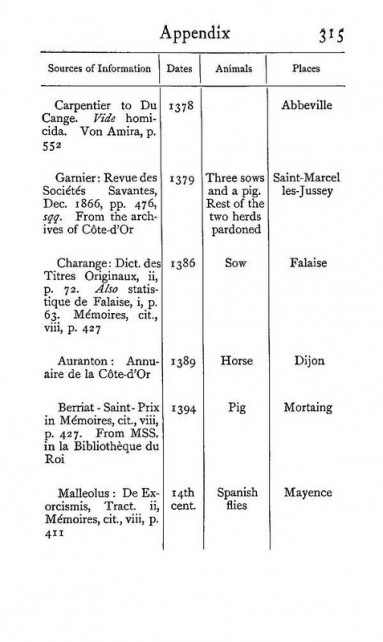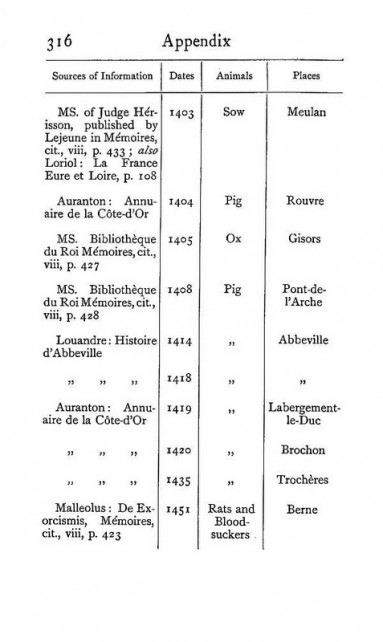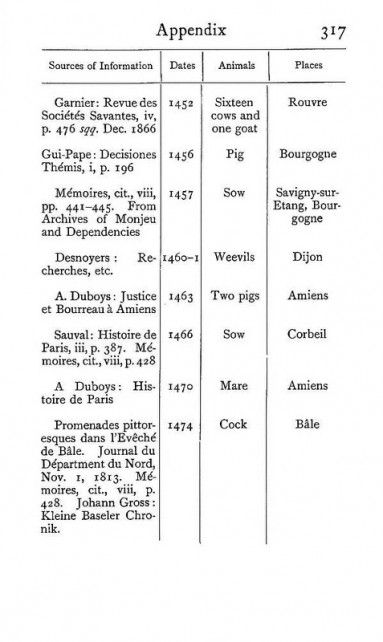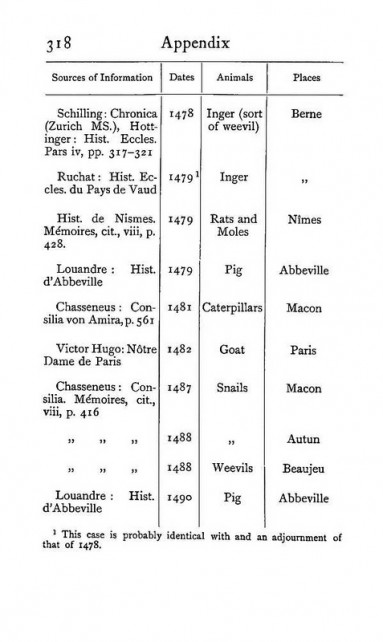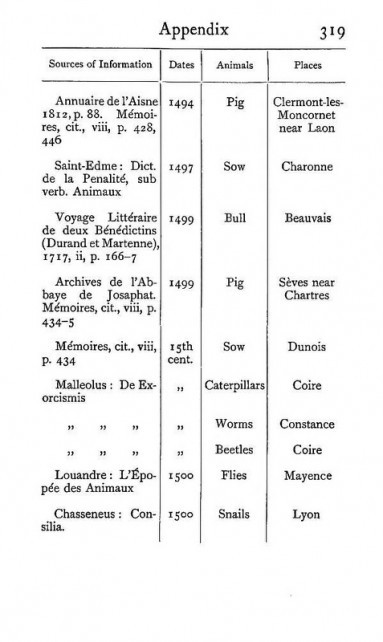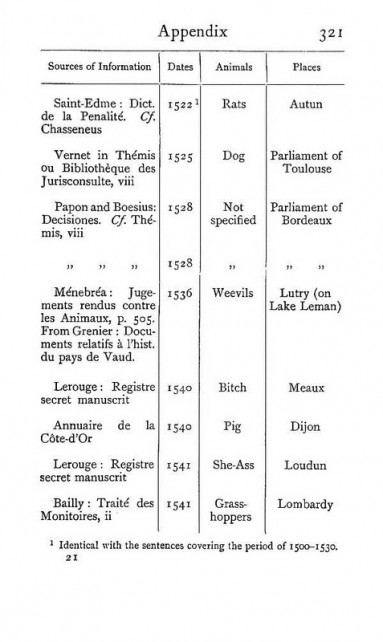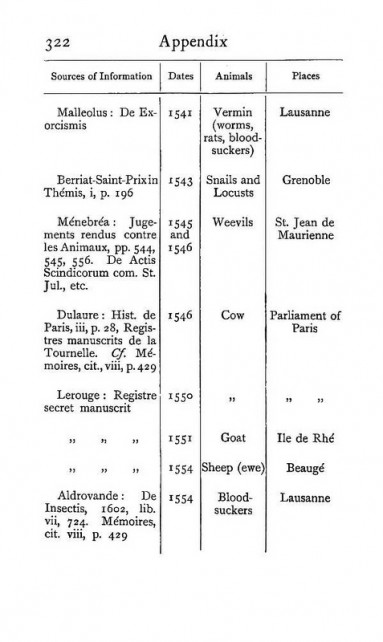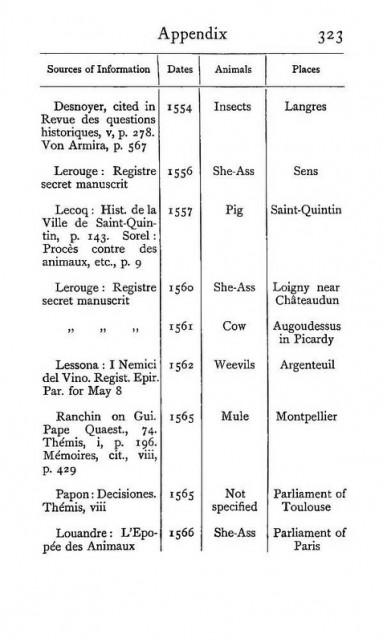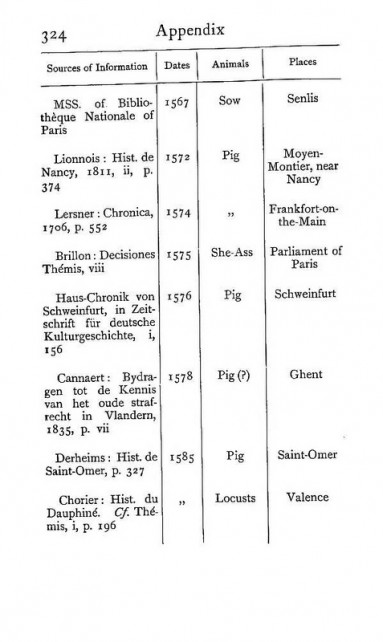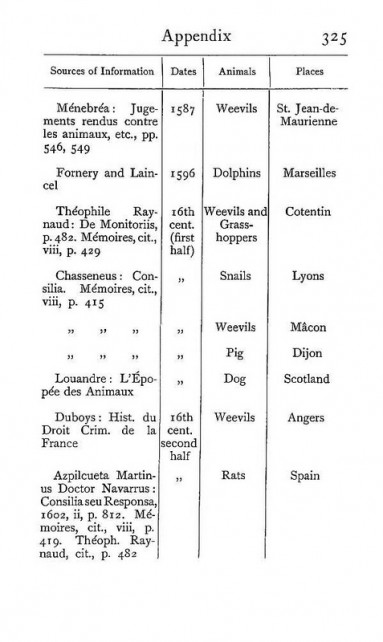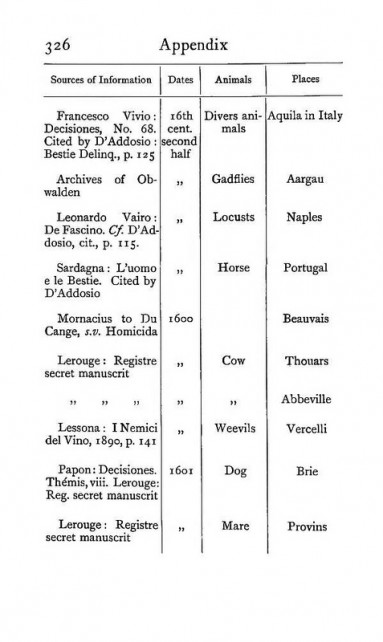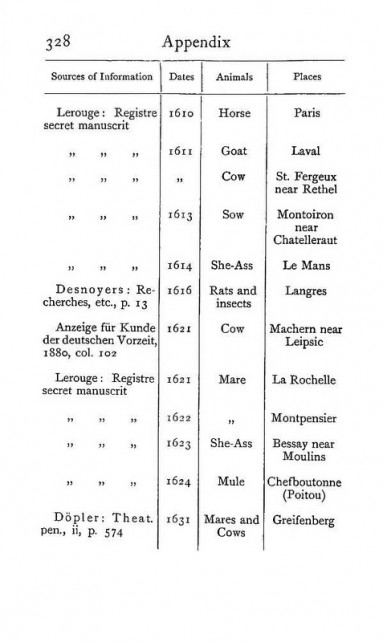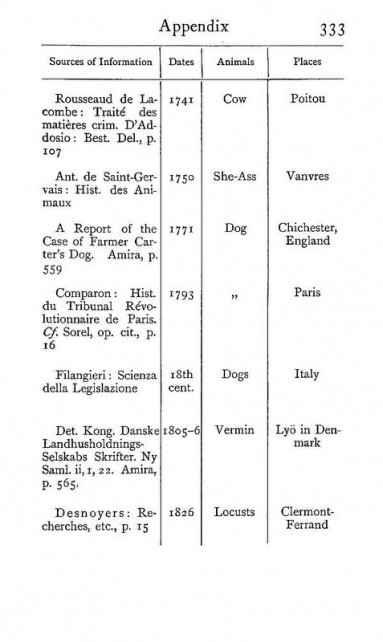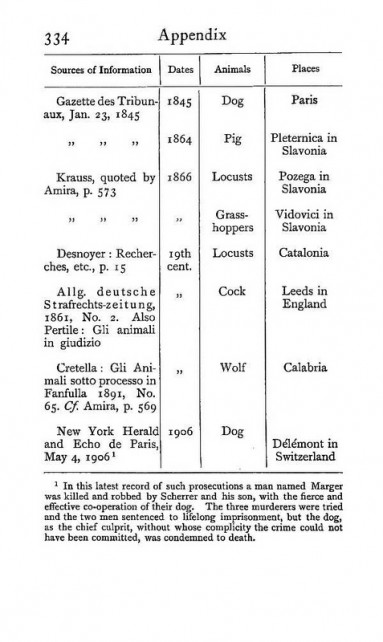Murderous pigs sent to the gallows, sparrows prosecuted for chattering in Church, a gang of thieving rats let off on a wholly technical acquittal - welcome to the very strange world of medieval animal trials as recounted in E.P. Evans' The Criminal Prosecution and Capital Punishment of Animals published in 1906. The frontispiece of this remarkable book shows a pig, dressed in jacket and breeches, being strung up on the gallows while the 14th century inhabitants of a Normandy village look on. The pig had been sentenced to be “mangled and maimed in the head forelegs” then dressed and hung, for having torn the face and arms of a baby in its cradle. This is just one of hundreds of cases details in Evans' book including sparrows being prosecuted for chattering in Church, a pig executed for stealing a communion wafer, and a cock burnt at the stake for laying an egg.
These were not, however, sham trials - they were conducted with the full pomp and ceremony of human law. Indeed the animals would as a matter of course be appointed their very own lawyer, the most respected and famous of which was a certain Frenchman called Bartholomew Chassenée. His remarkable list of victories include successfully securing the aquittal of a horde of rats who had been charged for having “feloniously eaten up and wantonly destroyed” the local barley. He defended their failure to appear in court in a two fold argument: firstly, due to their nomadic nature, they probably never even received the court summons, and secondly, even if they did receive the order they were hardly likely to come as they could not be promised a safe passage to court on account of the villagers' cats.
Other acquittals included a gang of weevils in 1587 who, accused of damaging a vineyard, were decided to have been simply exercising their natural right to eat – and, in compensation, were given a vineyard of their very own. In 1457, the six blood stained piglets of a murderous sow were indicted as accomplices in the murder but were eventually let off due to their tender age. In 1750 a man and a she-ass were caught doing the naughty and the prosecution asked for the death sentence for them both. The man was sentenced, but the animal was let off after the local priest gave evidence that he had known the said she-ass for four years, that she had always shown herself to be virtuous and well-behaved both at home and abroad and that she had never given occasion of scandal to anyone. Therefore he was “willing to bear witness that she is in word and deed and in all her habits of life a most honest creature”, and was a victim not a perpetrator.
